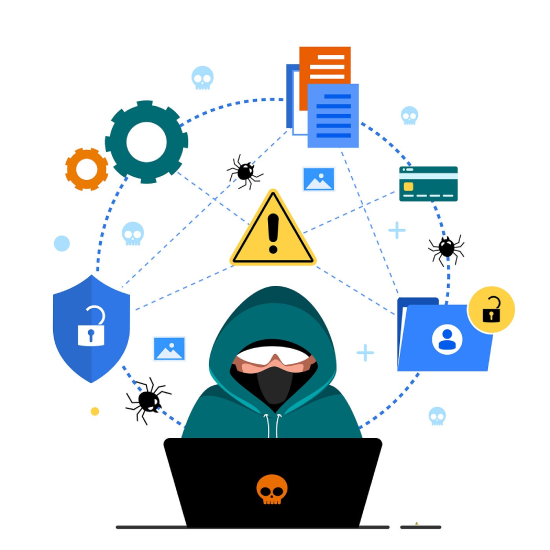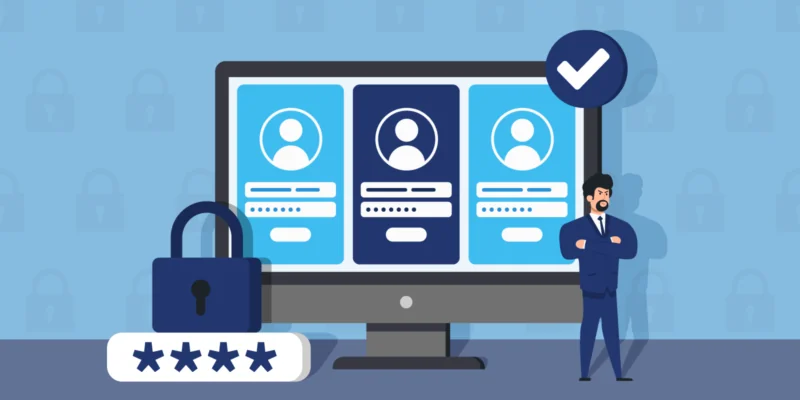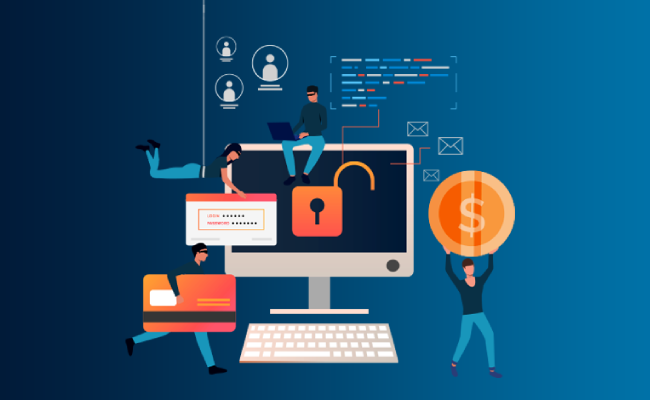Introduction:
In today’s digital age, cybersecurity has become a paramount concern for individuals and organizations alike. With the proliferation of cyber threats, safeguarding your digital assets has never been more crucial. In this blog, we’ll delve into essential cybersecurity best practices that can help safeguard your digital assets and protect against a wide range of threats.
Understanding Cyber Threats
- Recognizing the Landscape: Few common cyber threats are malware, phishing attacks, ransomware, Man-in-the-Middle (MitM) Attack and social engineering.
- Impact of Cyber Attacks: Consequences include financial loss, reputational damage, and data breaches.

Strong Password Management
- Creating Secure Passwords: Generate strong, unique passwords using a combination of letters, numbers, and special characters. Regularly update passwords and avoid using easily guessable information such as birthdays or pet names.
- Implementing Multi-Factor Authentication (MFA): Importance of adding an extra layer of security with MFA to prevent unauthorised access to accounts.

Keeping Software and Systems Updated
- Importance of Patch Management: Software vulnerabilities are a prime target for cyber attackers. Regularly update operating systems, applications, and firmware to patch known security flaws and reduce the risk of exploitation.
- Automated Updates: Automated update mechanisms can streamline this process and ensure timely installation of patches.
Securing Network Infrastructure
- Setting Up Firewalls: Installing and configuring firewalls to monitor and control incoming and outgoing network traffic, thus preventing unauthorised access to your network.
- Encryption: Implementing encryption protocols such as SSL/TLS to secure data transmission over networks, protecting it from interception and eavesdropping.
Data Backup and Recovery
- Regular Data Backups: Implement a robust data backup strategy that includes regular backups of critical data to both on-premises and cloud storage. Stressing the importance of regular data backups to ensure the availability and integrity of critical data in the event of a cyber attack or data loss incident.
- Testing Backup Procedures: Regularly testing data backup and recovery procedures to verify their effectiveness and reliability in restoring data when needed.

Employee Training and Awareness
- Cybersecurity Awareness Programs: Conducting regular training sessions to educate employees about cybersecurity risks, best practices, and how to recognize and report potential threats.
- Phishing Simulations: Simulating phishing attacks to test employees’ awareness and response to suspicious emails, helping to reinforce cybersecurity protocols.

Conclusion:
By adhering to these cybersecurity best practices, you can significantly enhance your defences against cyber threats and minimise the risk of falling victim to cyber attacks. Cybersecurity is a continuous process, and staying vigilant and proactive is key to protecting yourself and your organisation in today’s digital world. By prioritising security and adopting a holistic approach to cybersecurity, one can better protect their digital assets and minimise the risk of costly data breaches and cyber attacks.




